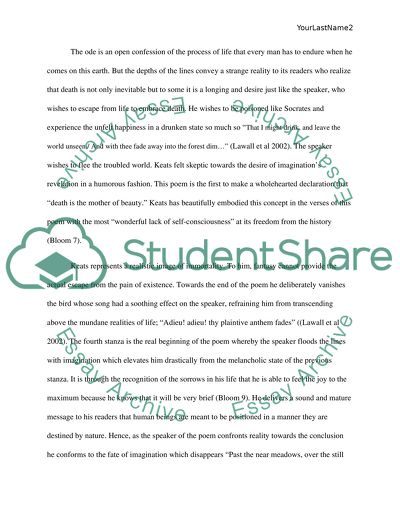Cite this document
(“Keats' Ode to Nightingale and Shelley's Adonais Essay”, n.d.)
Retrieved from https://studentshare.org/literature/1445827-poetry
Retrieved from https://studentshare.org/literature/1445827-poetry
(Keats' Ode to Nightingale and Shelley'S Adonais Essay)
https://studentshare.org/literature/1445827-poetry.
https://studentshare.org/literature/1445827-poetry.
“Keats' Ode to Nightingale and Shelley'S Adonais Essay”, n.d. https://studentshare.org/literature/1445827-poetry.


